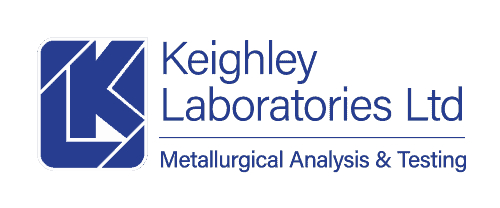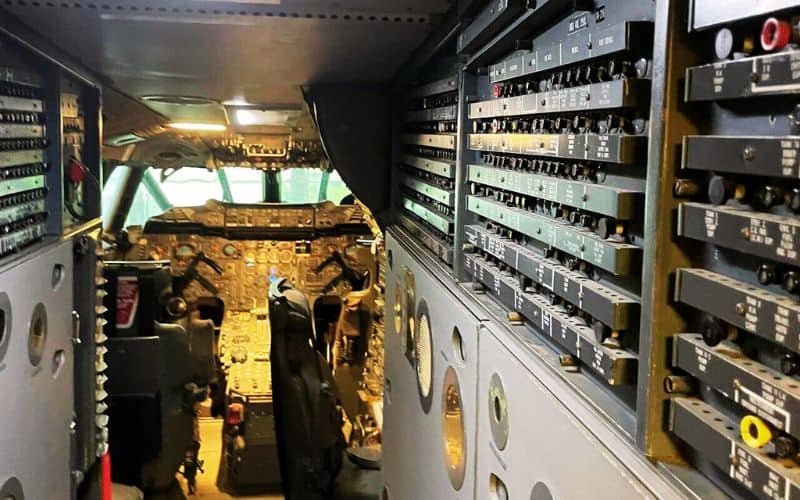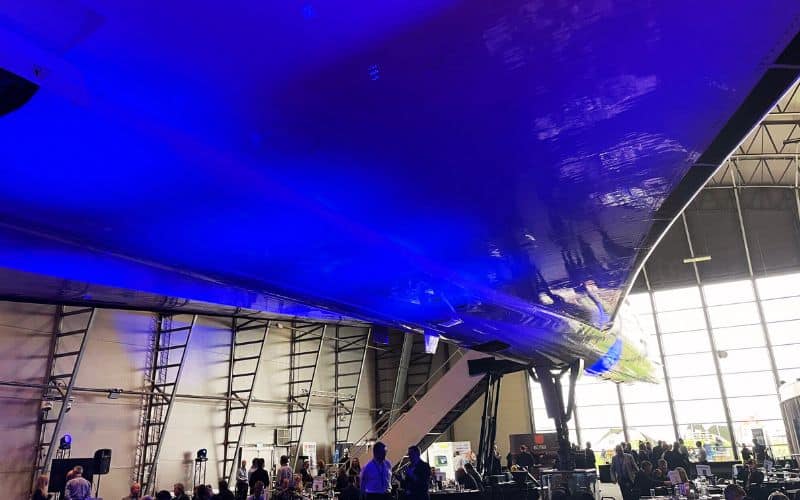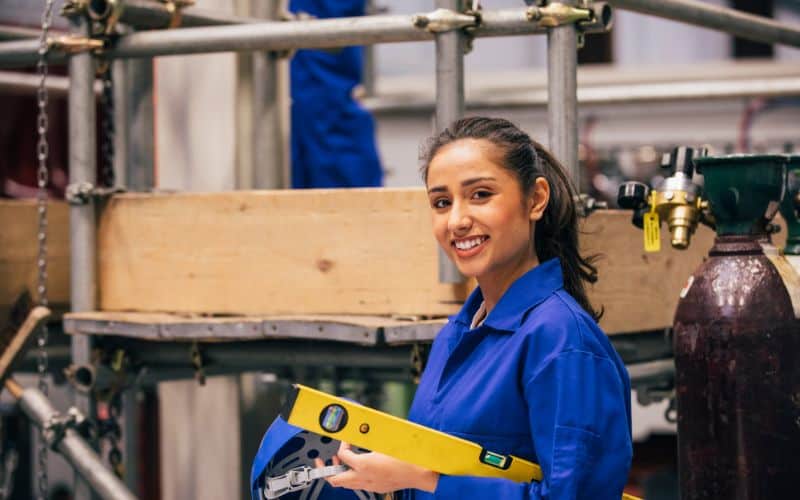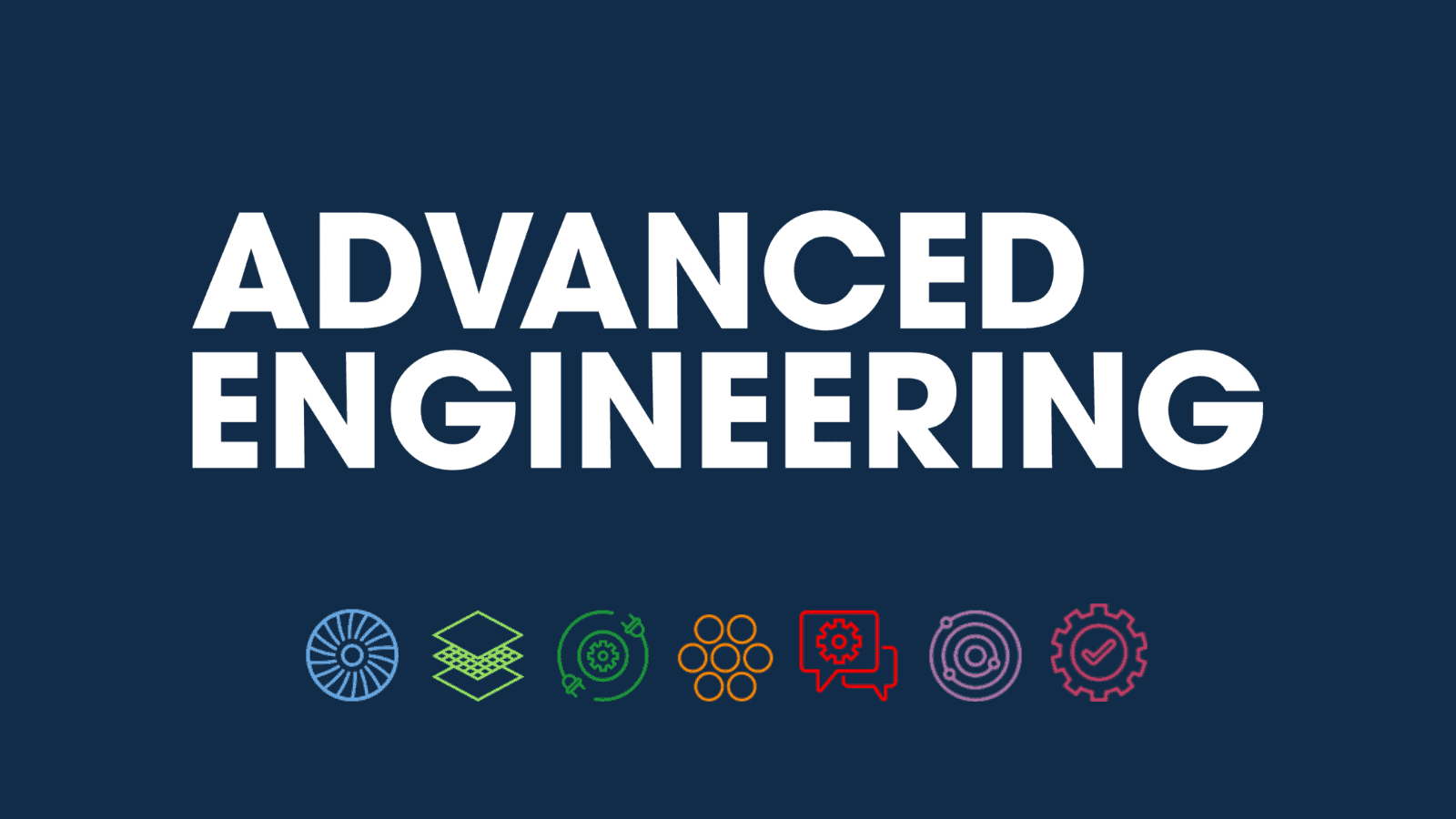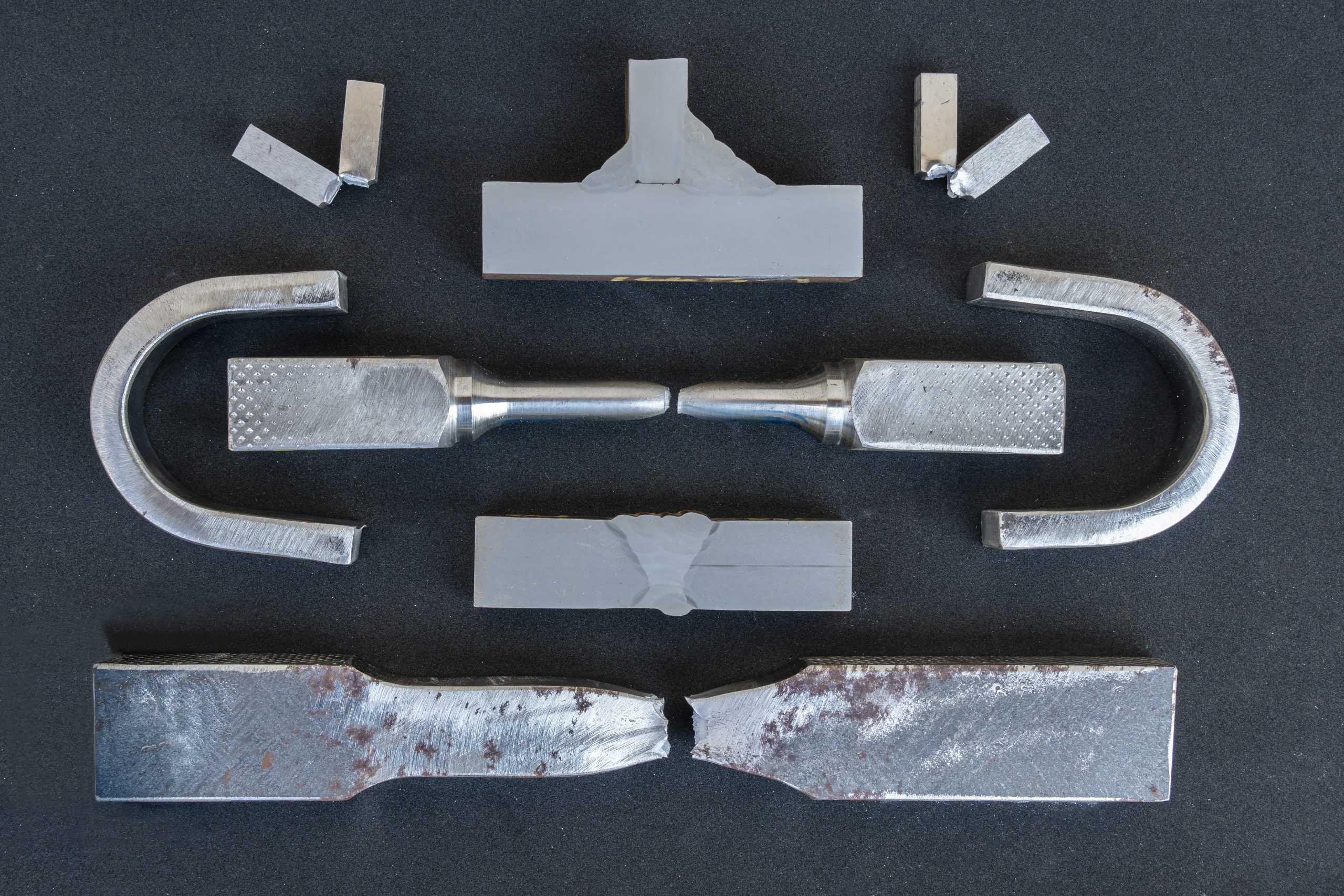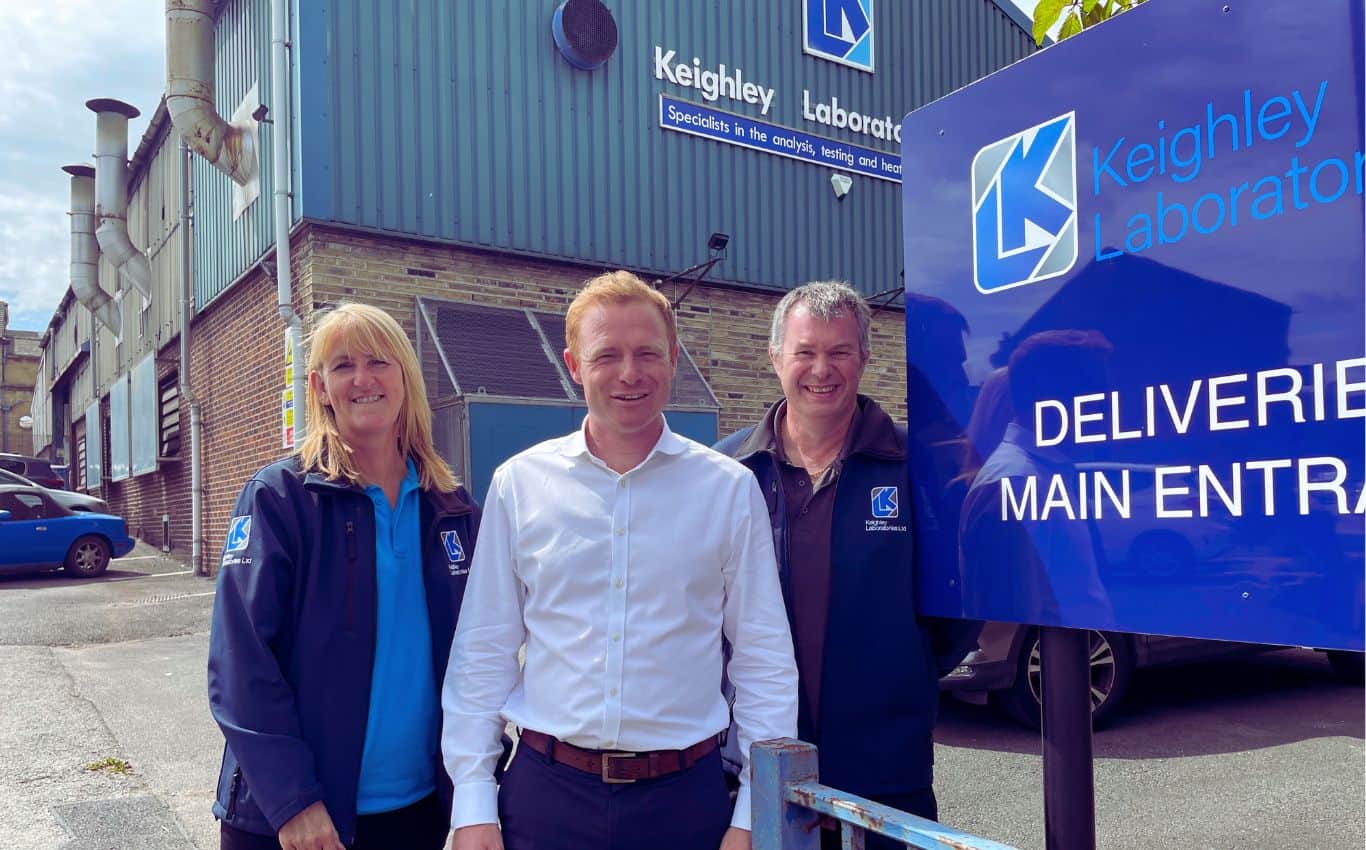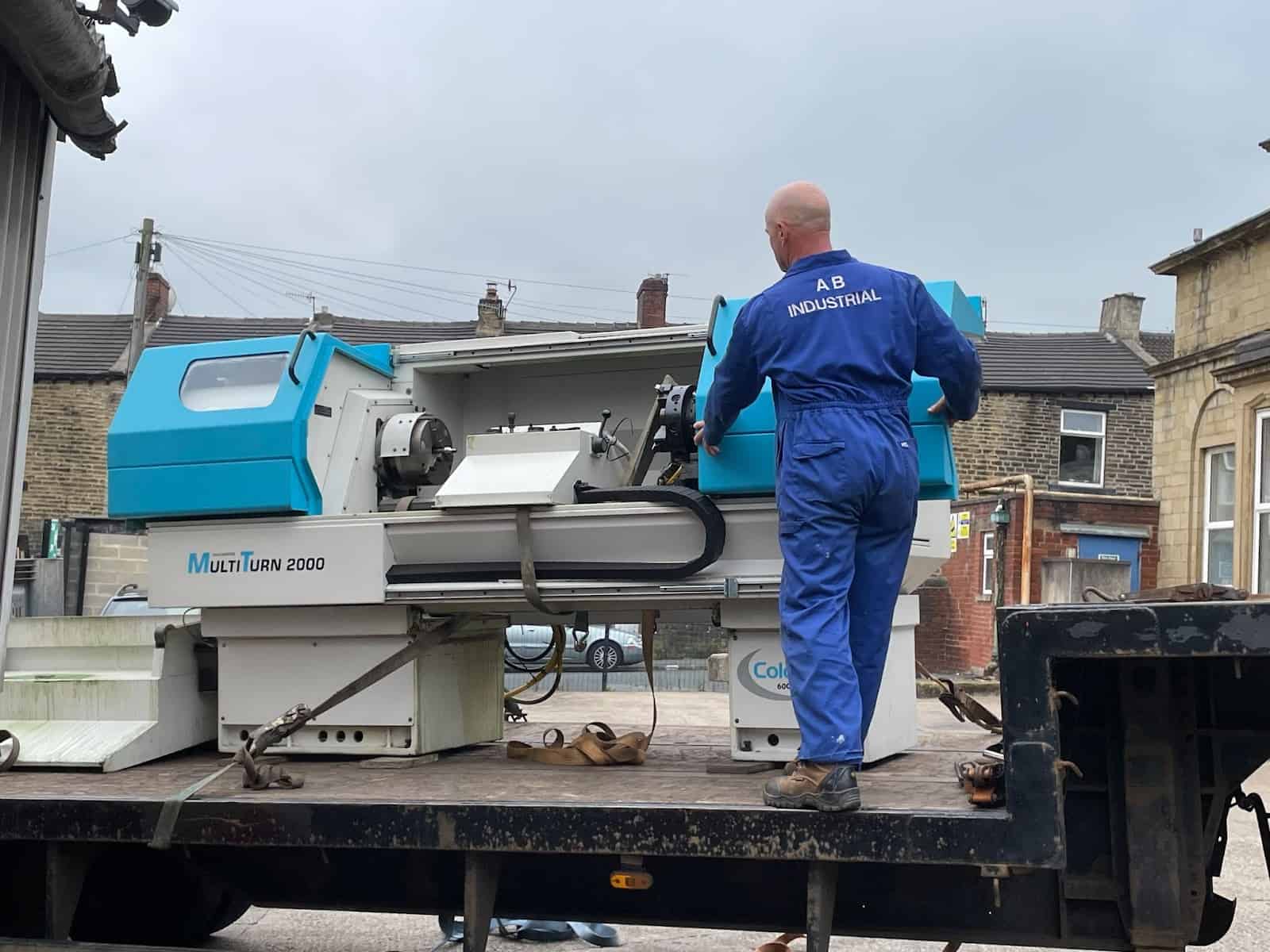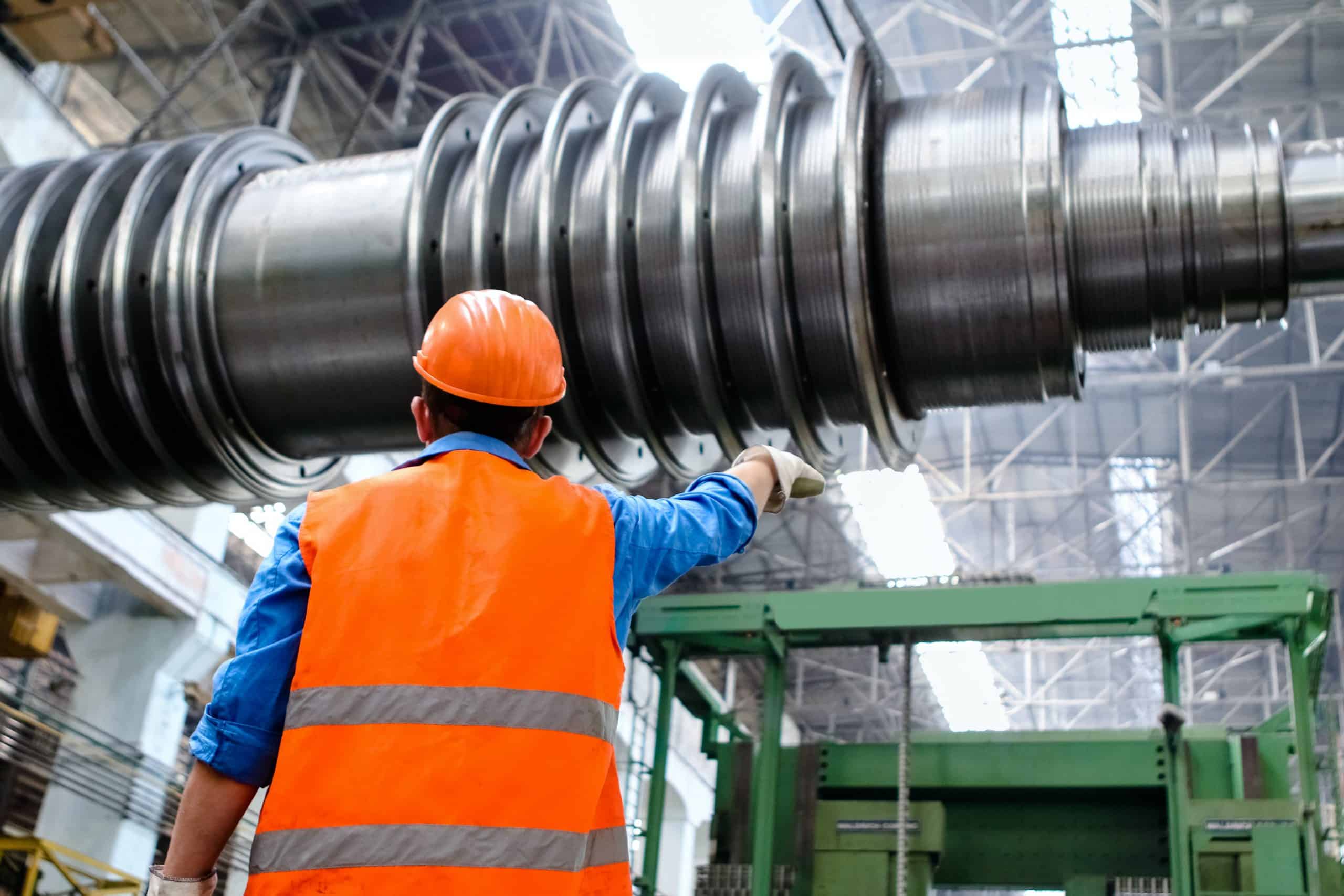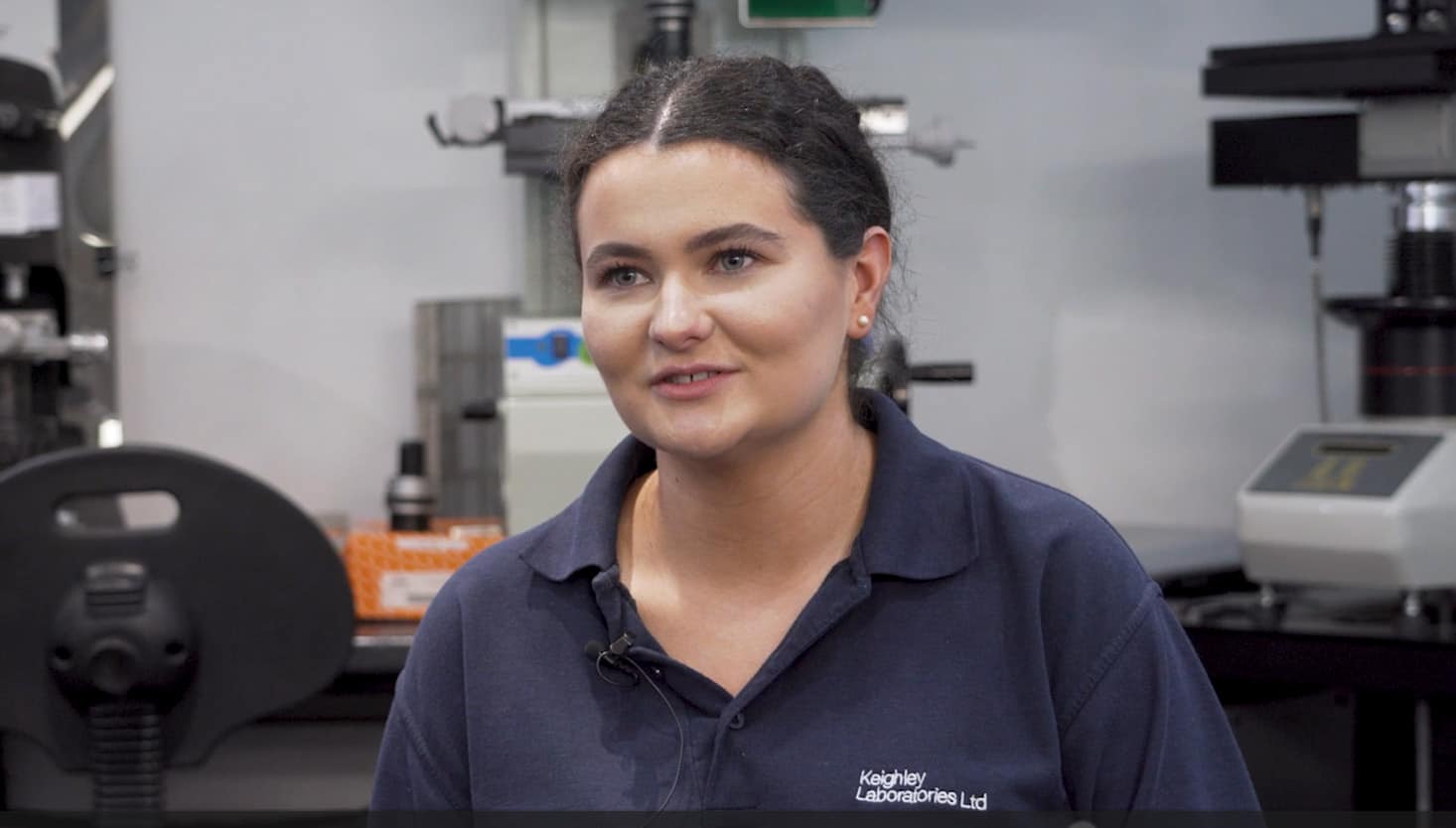Welcome to our comprehensive guide on Corrosion and Corrosion Testing. In this guide, we delve into the fundamental understanding of corrosion, its various types, the methods used to test for corrosion, its applications across different industries, and effective ways to prevent it.
What is Corrosion?
Corrosion is a natural process that transforms refined metals into a more chemically stable form, such as their oxides, hydroxides, or sulfides. It is the gradual destruction of materials, usually metals, by chemical reactions with their environment. In layman’s terms, corrosion is the process that causes metal to rust, tarnish, or degrade.
The corrosion process occurs as metals attempt to return to their natural state. For example, iron, after being refined into steel, eventually transforms back into its stable state as iron oxide, or rust. Corrosion is generally an issue because it can compromise the useful properties of materials and structures, including strength, appearance, and permeability to liquids and gases.
Types of Corrosion
Corrosion can occur in several forms, each with its unique characteristics and effects. Some of the most common types include:
- Uniform Corrosion – Uniform corrosion occurs evenly across the surface of a material. It’s the most common form of corrosion and is considered relatively predictable and manageable.
- Galvanic Corrosion – Galvanic corrosion occurs when two different metals come into electrical contact through an electrolyte. The less noble metal undergoes corrosion faster than it would alone, while the more noble metal corrodes more slowly.
- Pitting Corrosion – Pitting corrosion is localized corrosion that leads to the creation of small holes, or pits, in the metal. This form of corrosion is dangerous because it can lead to the failure of a system with only a small amount of overall metal loss.
Corrosion Testing Methods
There are several methods to test for corrosion, including:
Visual Inspection: The most straightforward method, visual inspection, involves checking for signs of rust, discoloration, or pitting on the metal’s surface.
Laboratory Analytical Methods: These methods involve the use of advanced techniques and instruments, such as spectrometry and microscopy, to analyze corrosion products, detect trace elements, and measure the rate of corrosion.
- Cabinet Based Testing: In this method, samples are placed inside a test chamber or cabinet where they’re exposed to corrosive environments. These environments are controlled and can simulate a variety of conditions such as high salt content (salt spray or salt fog tests), high humidity, or accelerated weathering. The purpose of these tests is to study the effects of corrosive environments on materials and coatings and predict their lifetime performance.
- Electrochemical Testing: These tests use an electrolyte and apply a voltage to measure the current over time, which can provide information about the corrosion rate.
- Metallographic Examination: Here, a cross-section of the corroded sample is examined under a microscope to study the microstructure and understand the nature of the corrosion.
Field Monitoring: In this method, probes or coupons are placed in the field to monitor corrosion over time under real-world conditions.
The method used depends on various factors, including the type of material, the environment, and the potential consequences of a corrosion failure.
Industry Applications
Corrosion testing is essential across numerous industries, including:
- Oil & Gas: In this industry, corrosion can lead to the failure of key equipment such as pipelines and tanks, leading to oil spills and other environmental hazards.
- Automotive: Corrosion can affect the longevity and safety of vehicles, especially in parts like the engine and the bodywork.
- Aerospace: The high stakes of aviation make corrosion testing crucial in this industry. Corrosion can lead to the failure of aircraft components, with potentially catastrophic results.
- Construction: In construction, corrosion can compromise the integrity of structures like bridges and buildings, leading to potential safety hazards.
Corrosion Prevention
Corrosion can be mitigated or prevented through various methods, including:
Materials Selection: Choosing materials that are resistant to corrosion in the given environment.
Protective Coatings: Applying paints, varnishes, or other coatings that protect the metal from exposure to the environment.
Cathodic Protection: This method involves attaching a sacrificial metal to the material. The sacrificial metal corrodes instead of the protected metal.
Each method has its advantages and disadvantages, and the best one to use depends on the specific situation and requirements.
Need Some Advice?
Understanding the fundamental aspects of corrosion, its various types, testing methods, applications across industries, and prevention strategies can be crucial to the longevity and performance of your products or infrastructure.
At Keighley Laboratories, we specialize in providing comprehensive corrosion testing services tailored to your specific needs.
Whether you’re concerned about material selection, corrosion prevention strategies, or need thorough corrosion testing services, our experienced team is here to help.
We invite you to reach out to us to learn more about how our services can help protect your assets from the damaging effects of corrosion. Contact a member of the Keighley Labs team today and let us be your trusted partner in corrosion testing and mitigation.
